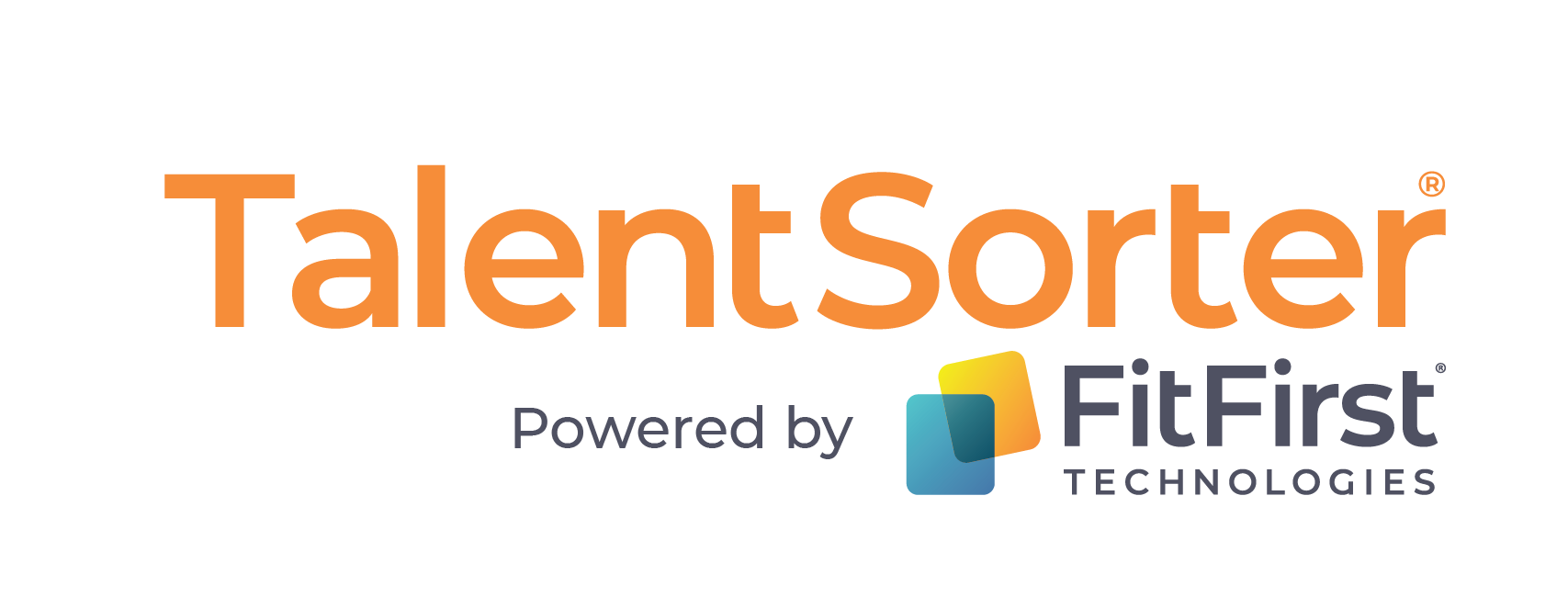If there’s one situation that’s guaranteed to make managers and CEOs alike break out in a sweat, it’s an open position that goes unfilled for too long.
The pressure to fill open jobs quickly is real, and with good reason; the costs of empty positions are very real too:
- Reduced revenue
- Increased overtime costs
- Lost productivity
- Uncertainty for clients and customers
- Increased workload for other employees
- Poor employee morale
The best way to mitigate the damage is to get your team back up to full speed by recruiting new staff as quickly as possible, right? Wrong!
Hiring in a hurry may seem like a good idea, but in fact will likely bruise your bottom line even more.
The high cost of bad hires
Unfilled positions are costly, but bad hires are even more expensive in the long run.
With increasing pressure to fill vacancies, it’s tempting to fall into the trap of believing that somebody – anybody – is better than nobody. In most cases, however, a “panic hire” only serves to make a bad situation worse.
In the rush to hire a warm body, shortcuts such as interviewing too quickly, not screening applicants carefully, and failure to assess the candidate’s “fit” with the job and your corporate culture are common, and costly mistakes.
A U.S. Department of Labour study found the cost of the wrong hire can be as much as 30% of the employee’s first-year earnings. Can your business afford that financial hit?
Bad hires inevitably result in high employee turnover. Turnover is costly.
A study from Inc. Magazine pegs the average turnover cost for a minimum wage job at $3,200; for managers and higher-level staff the costs increase significantly:
- Entry level: 35-50% of annual salary
- Mid-level: 150% of annual salary
- High-level: 400% of annual salary
Take time to hire right the first time
As tempting as it may be to fill a vacancy as quickly as possible, a bad hire is more costly than having no hire.
Take the time and use all the resources available to ensure you fill the position with a candidate who not only is qualified, but is the right fit for the job.
It’s easier than you think! Web-based platforms like TalentSorter and MyHiring.Guru can help reduce the workload and take the guesswork out of the hiring process for businesses both large and small.
By screening candidates both on your criteria, and on their potential fit with the job, these tools help you identify which applicants have the skills, values, work ethic and personality traits most likely to lead to success in your position.
They even create customized interview guides for each candidate, ensuring you focus on the right questions that will help you make the best decisions.
Bottom line – don’t panic! Hiring in a hurry is no way to find the best fit for your job vacancy.
Focus on what really matters – employee fit – and you’ll be glad you took the time to hire well.
